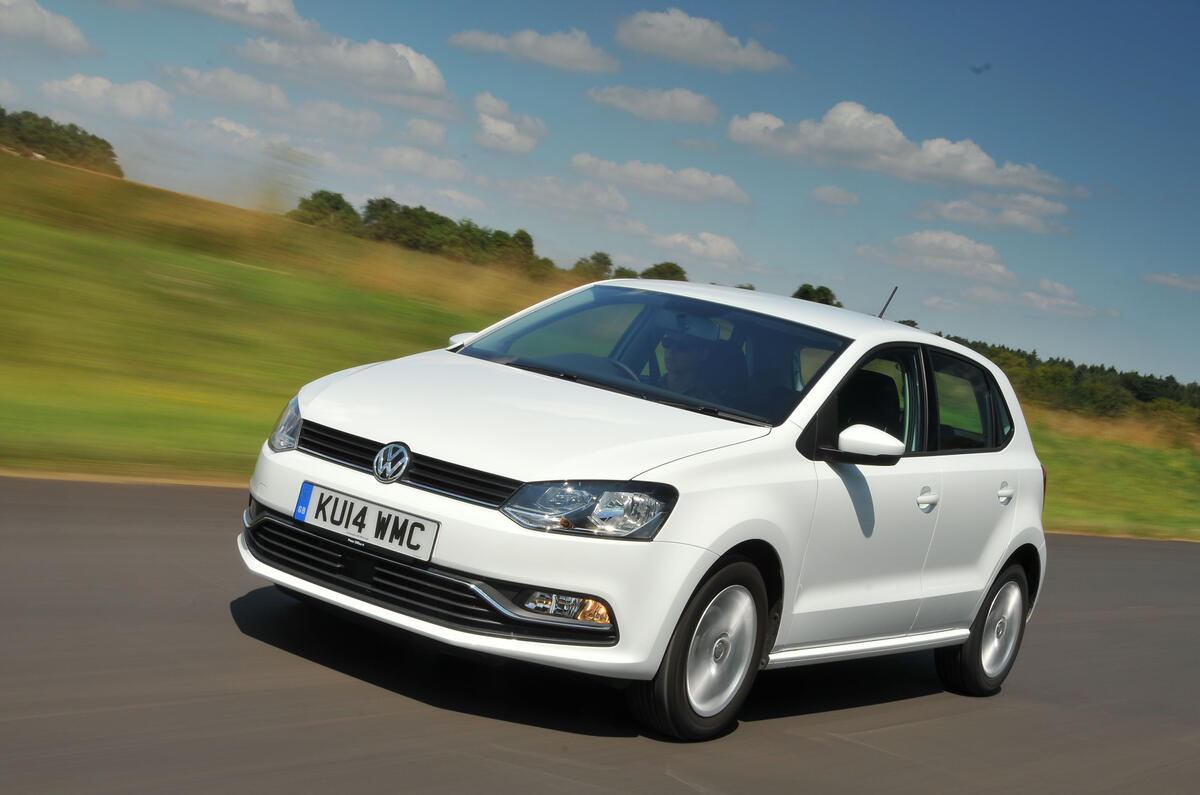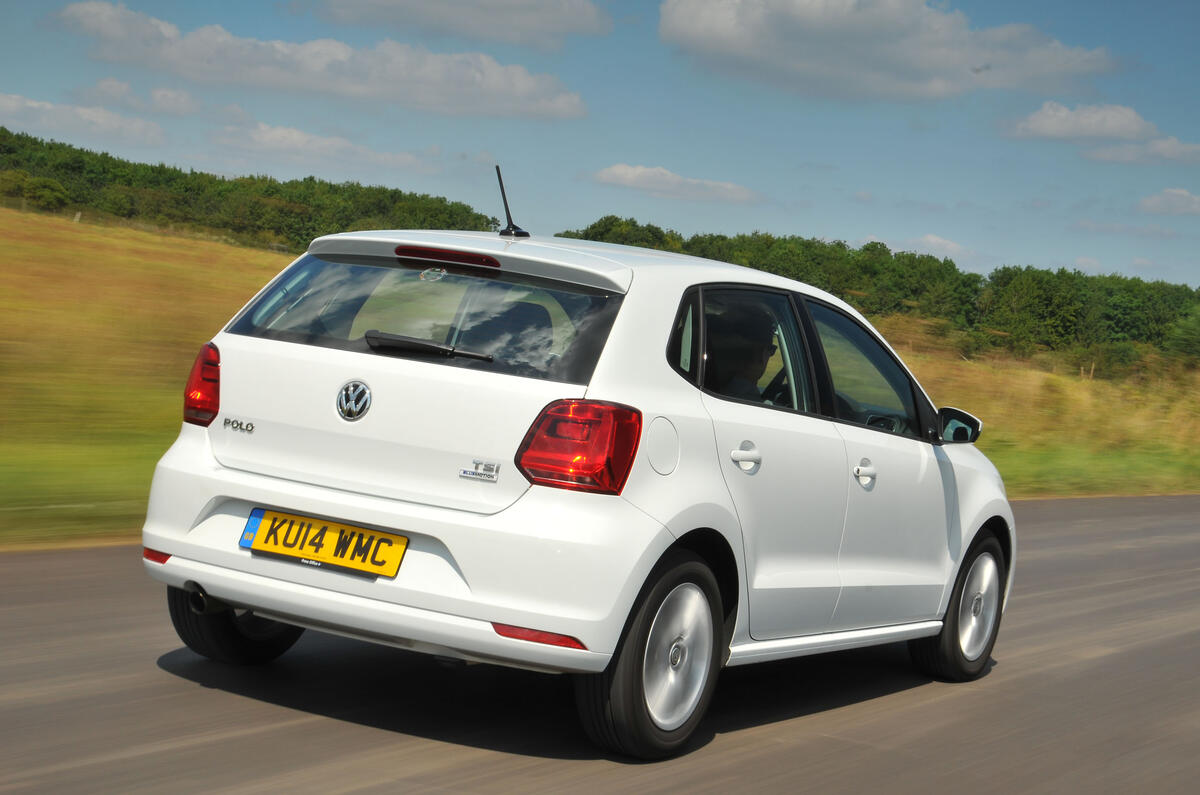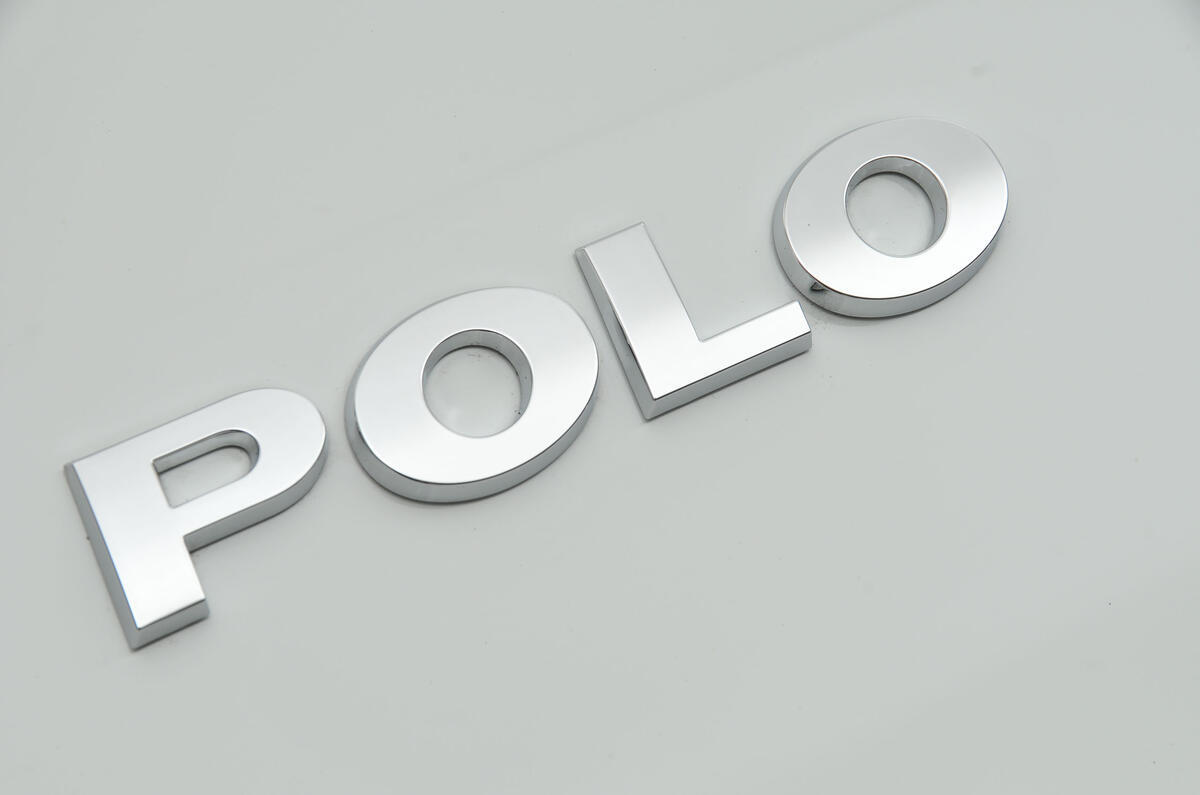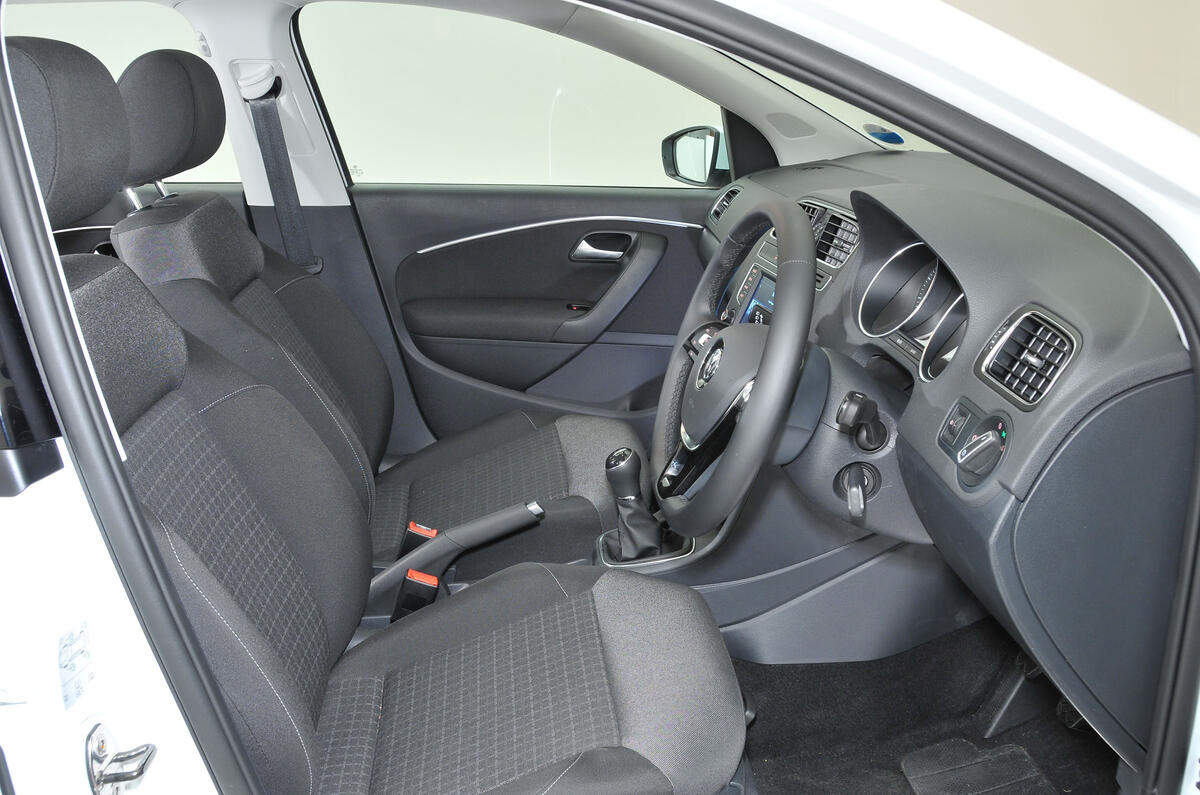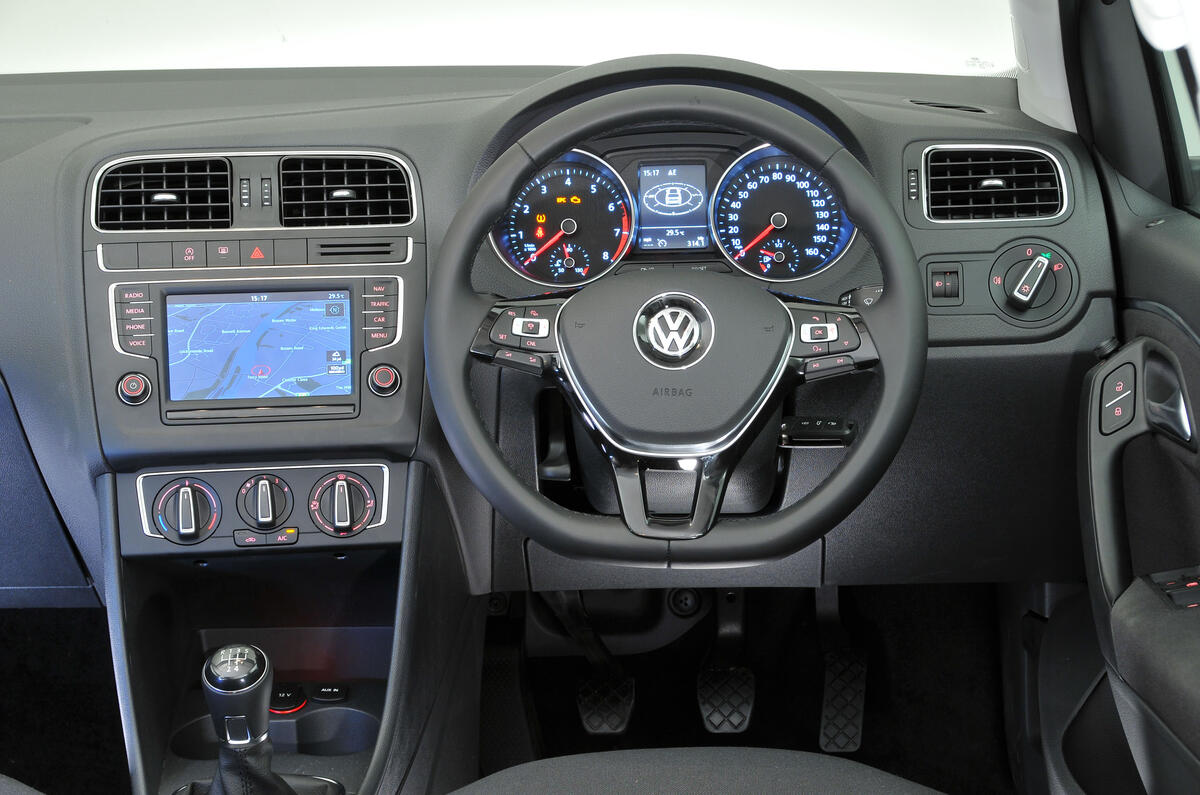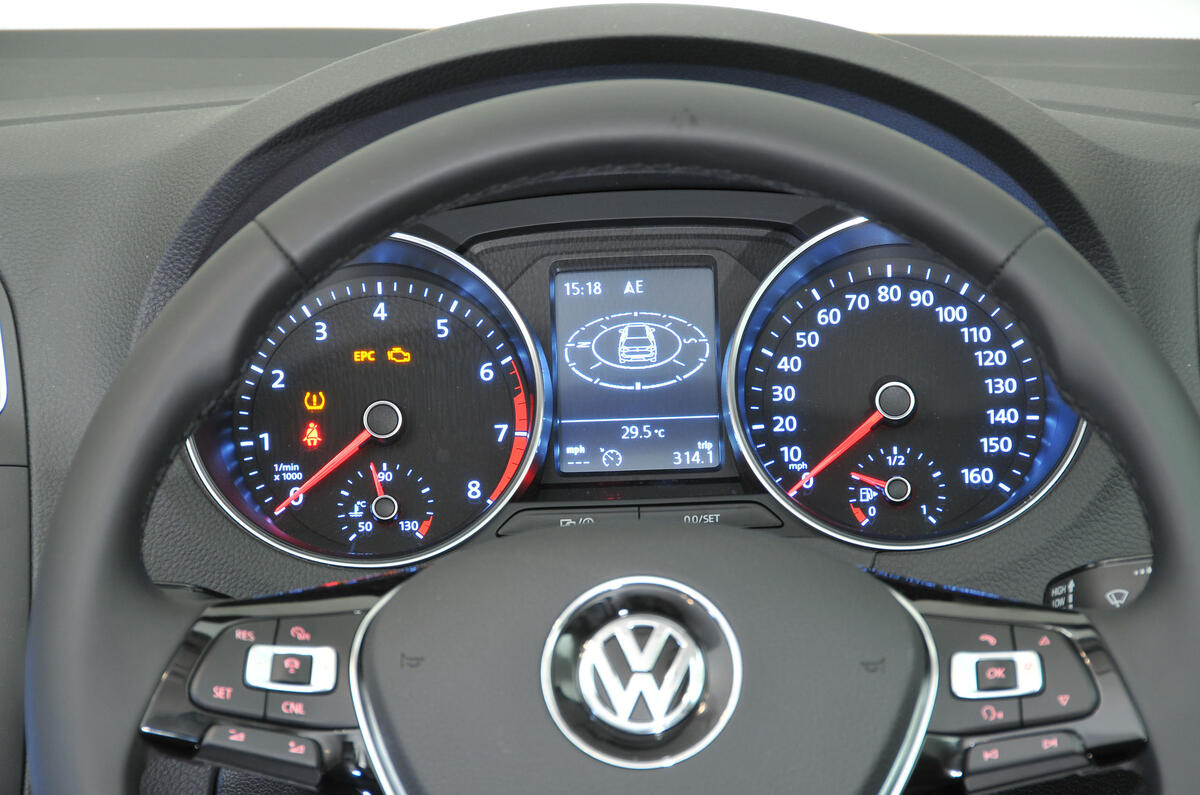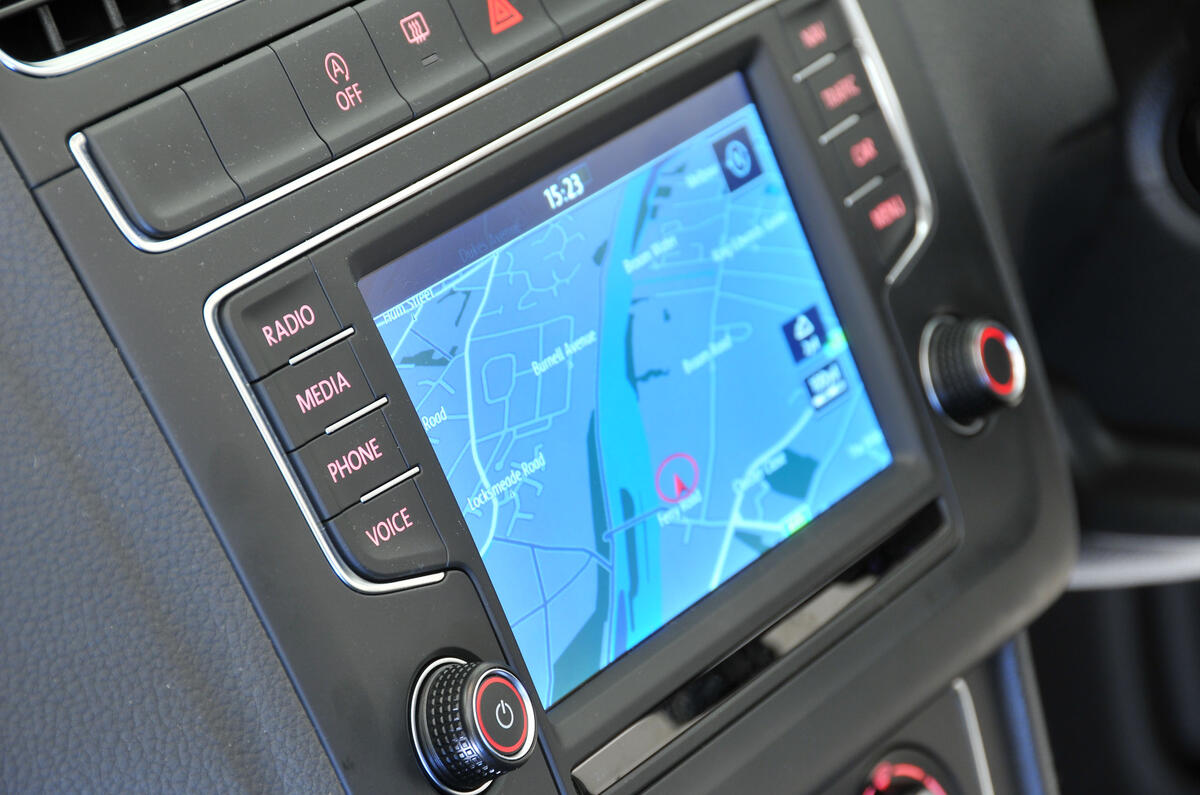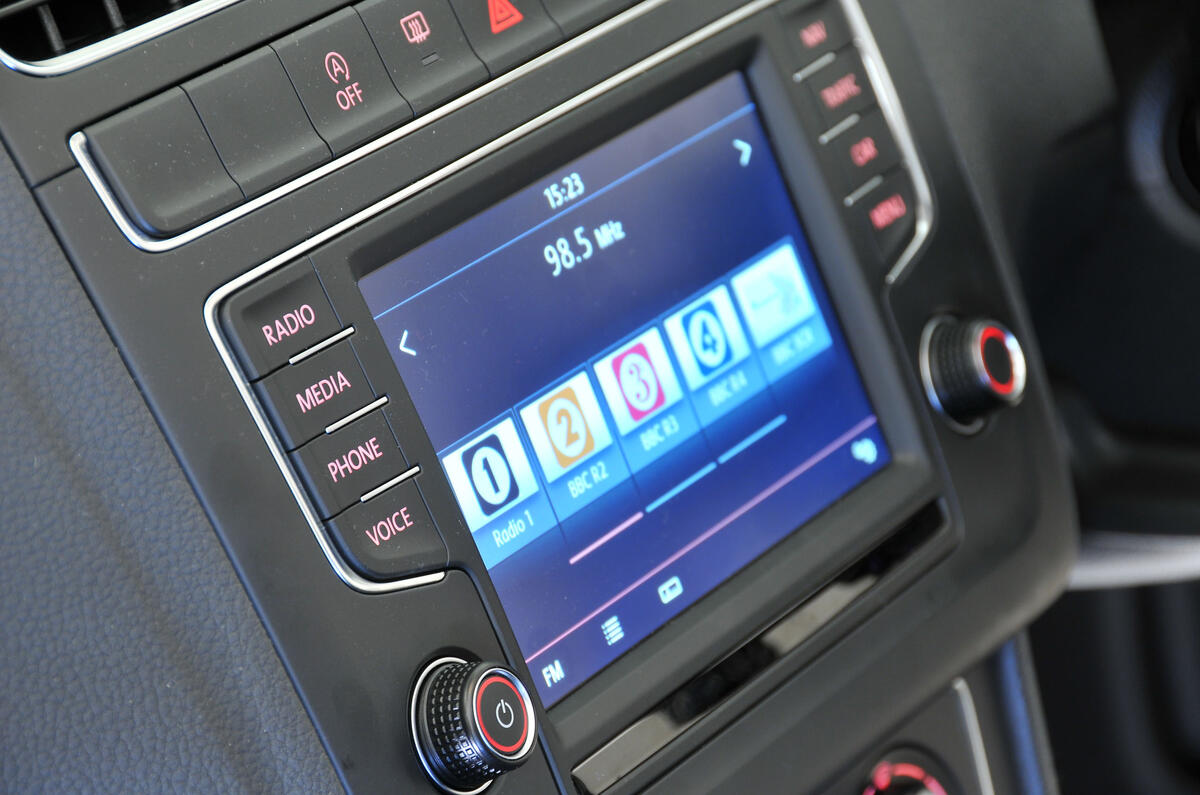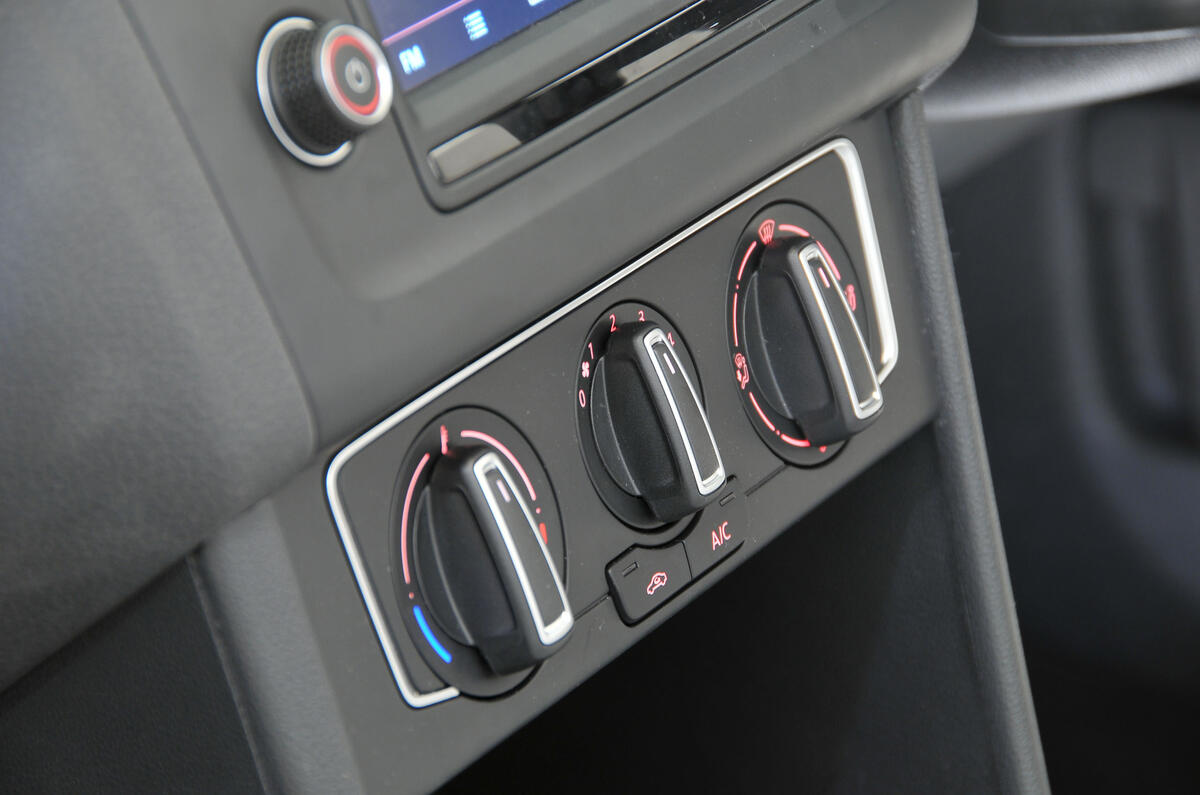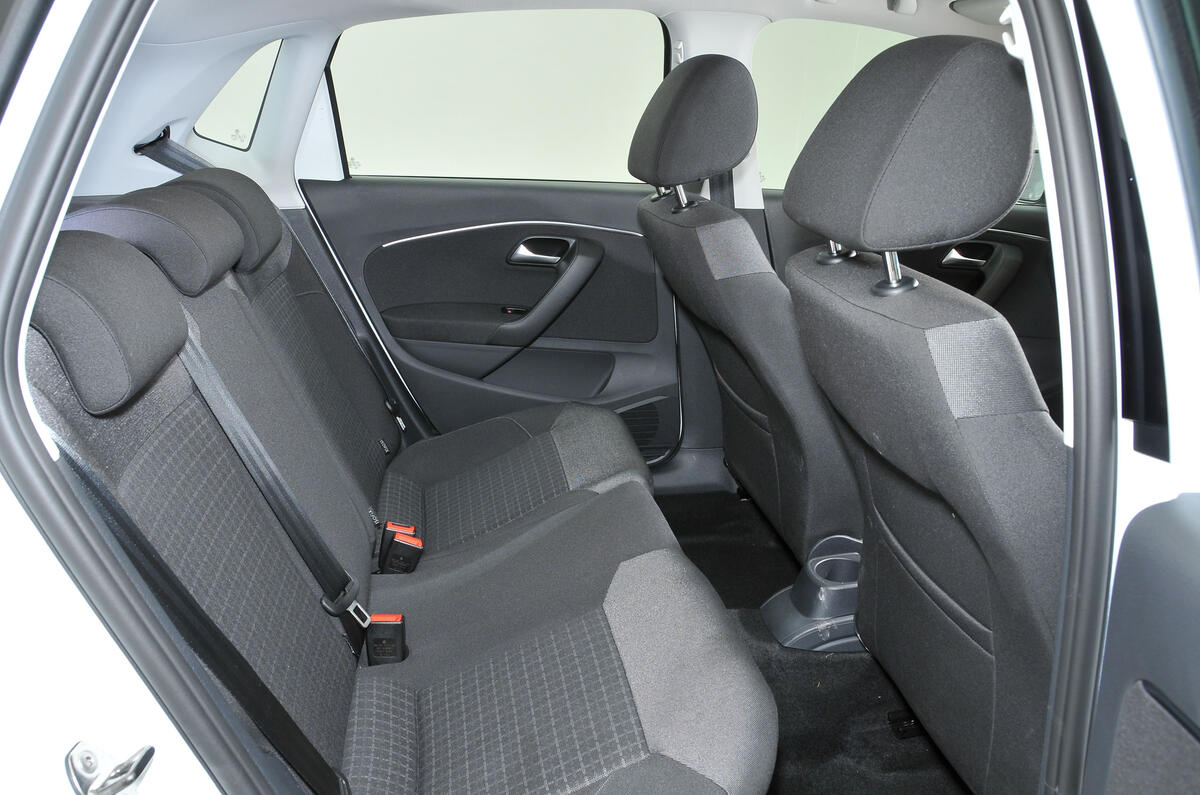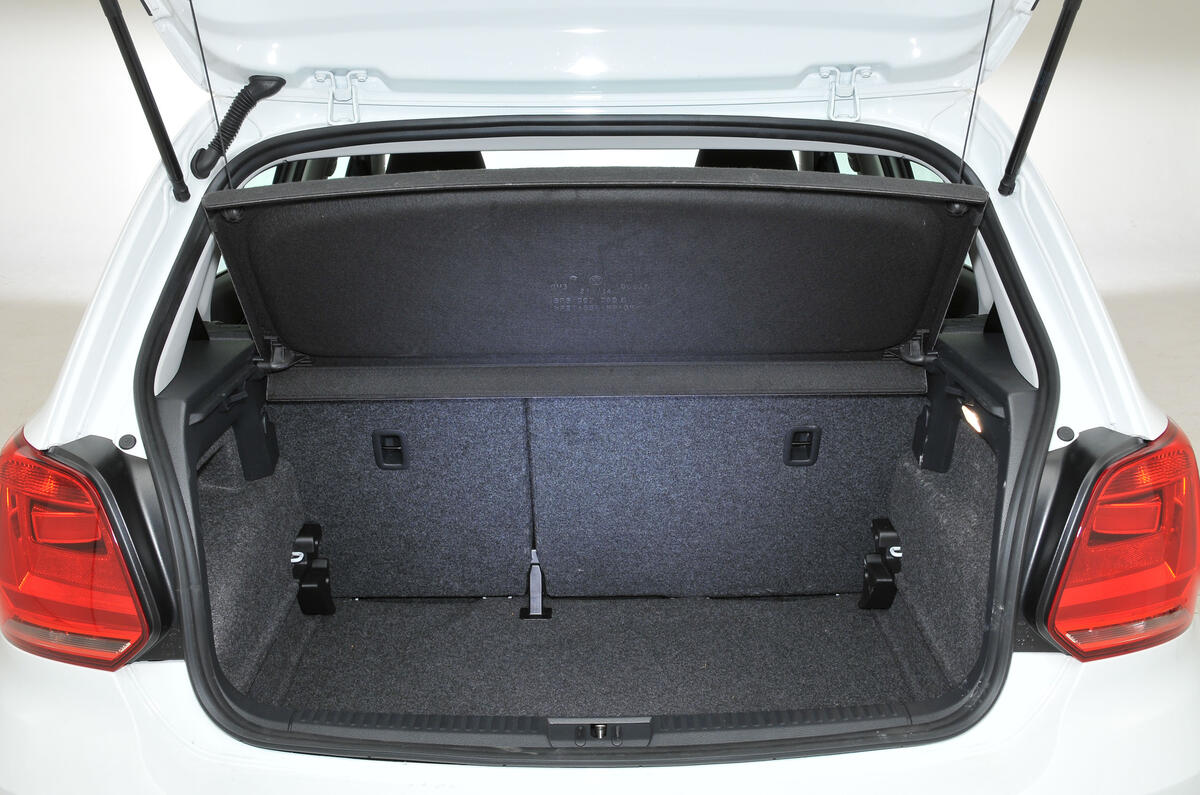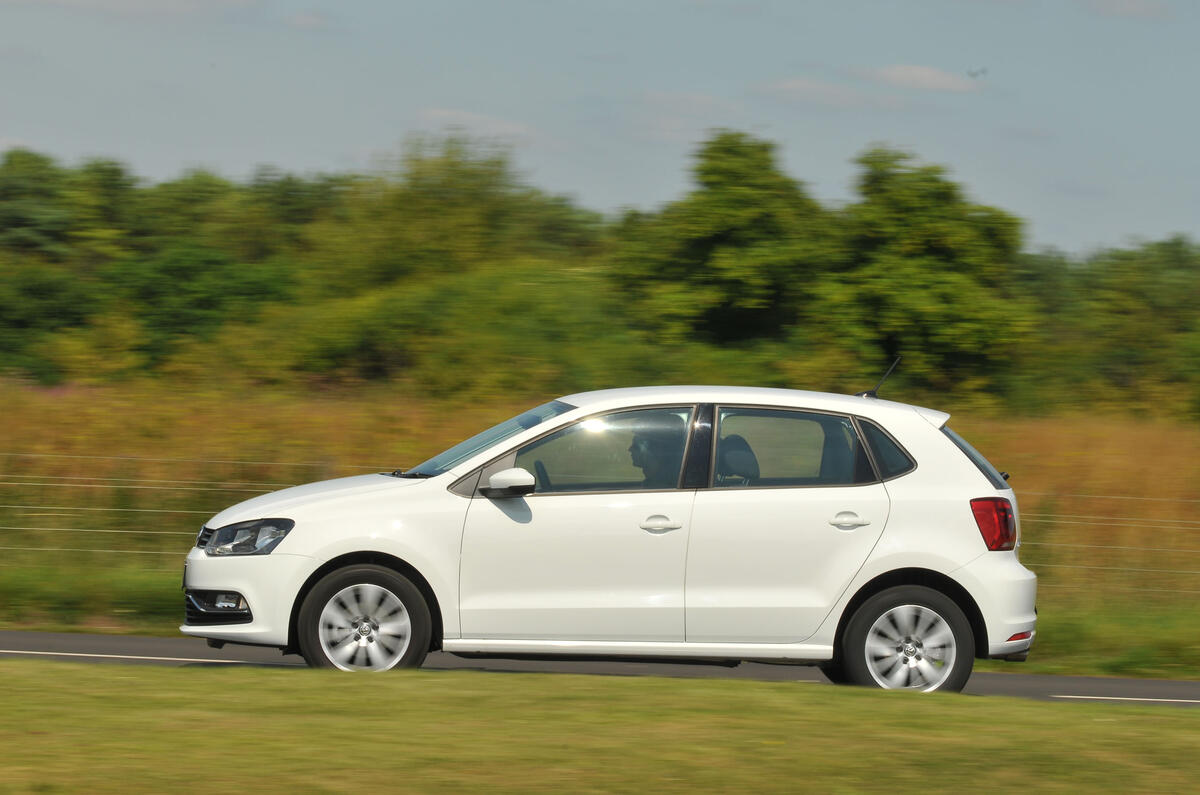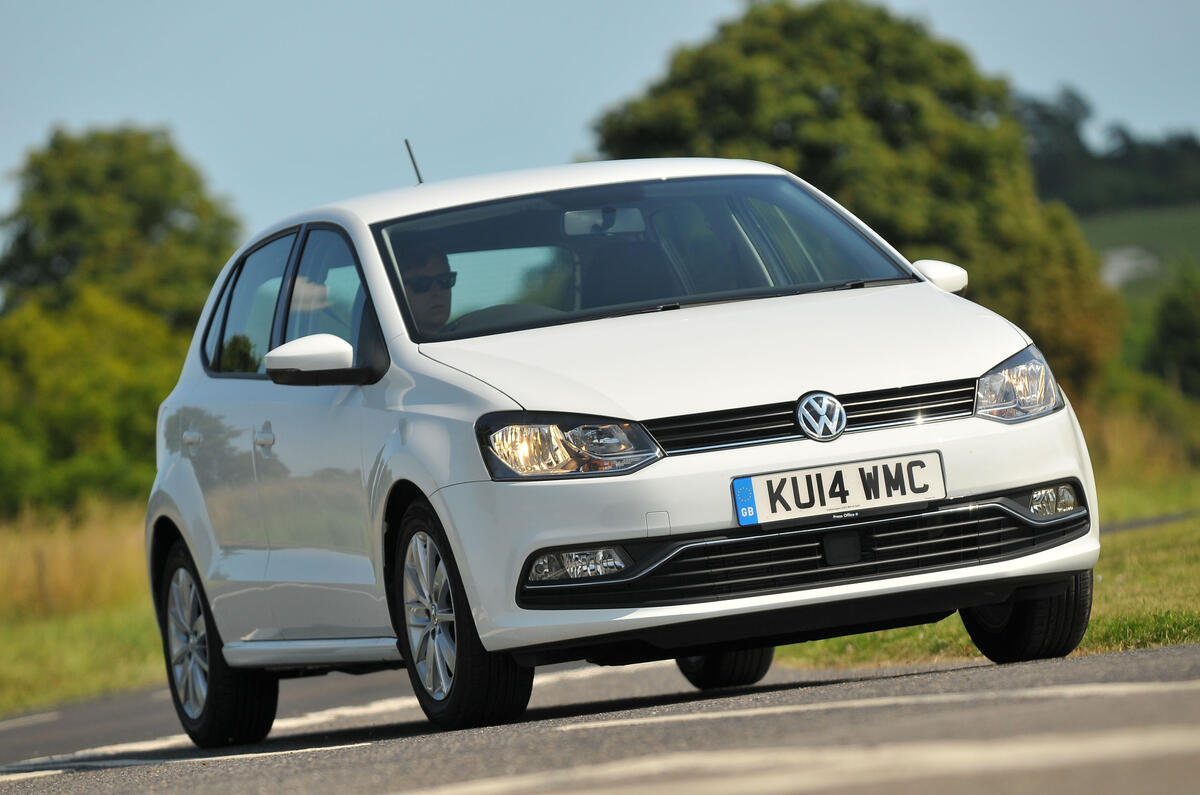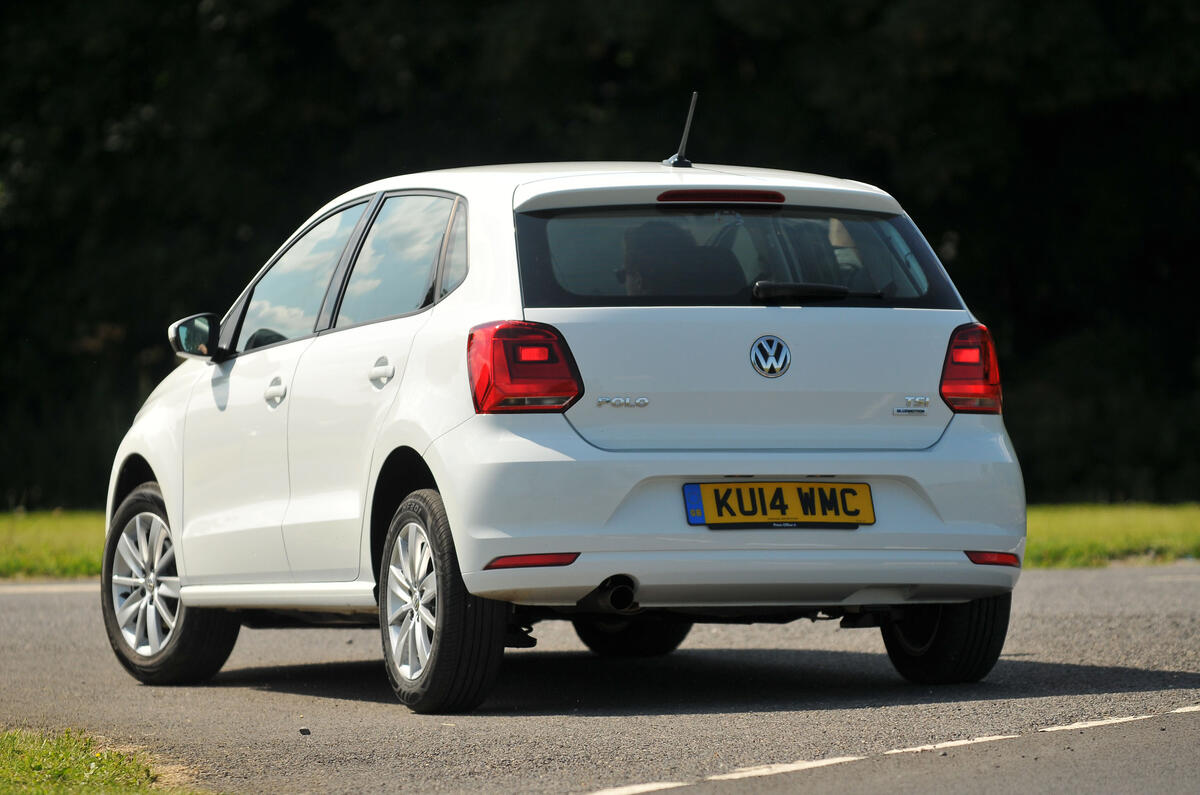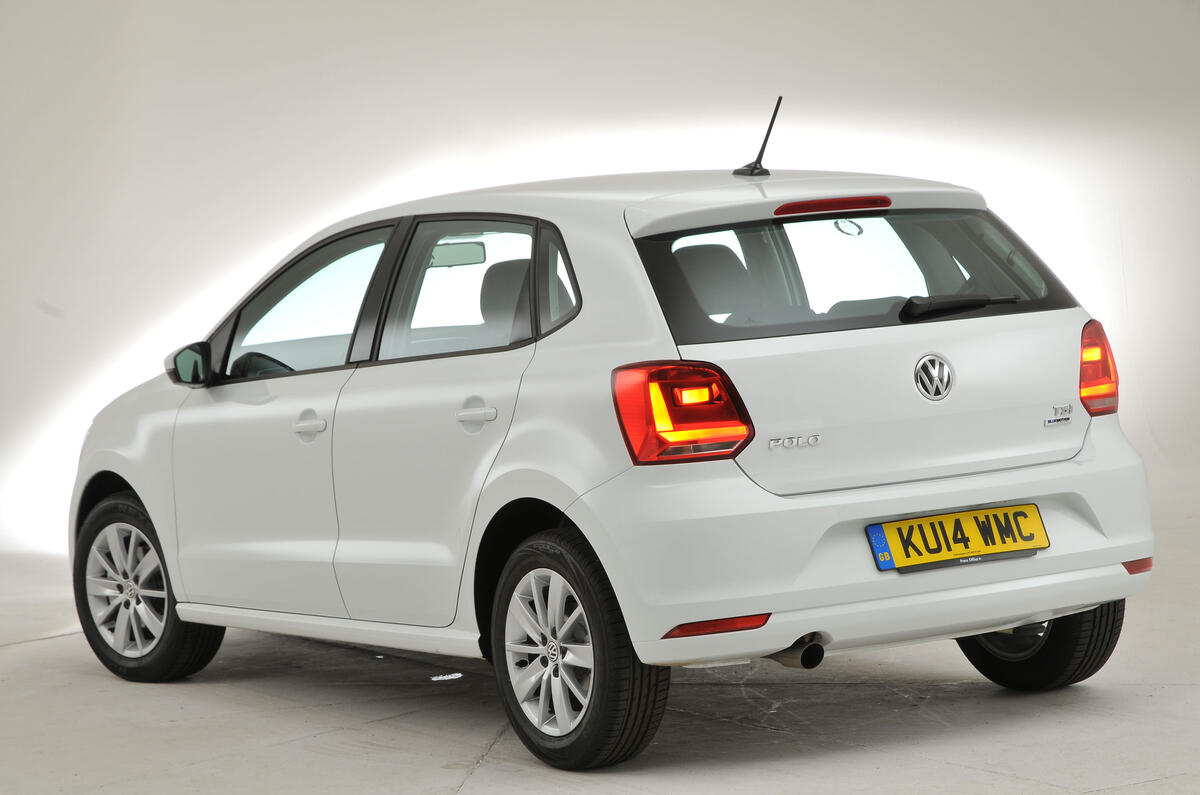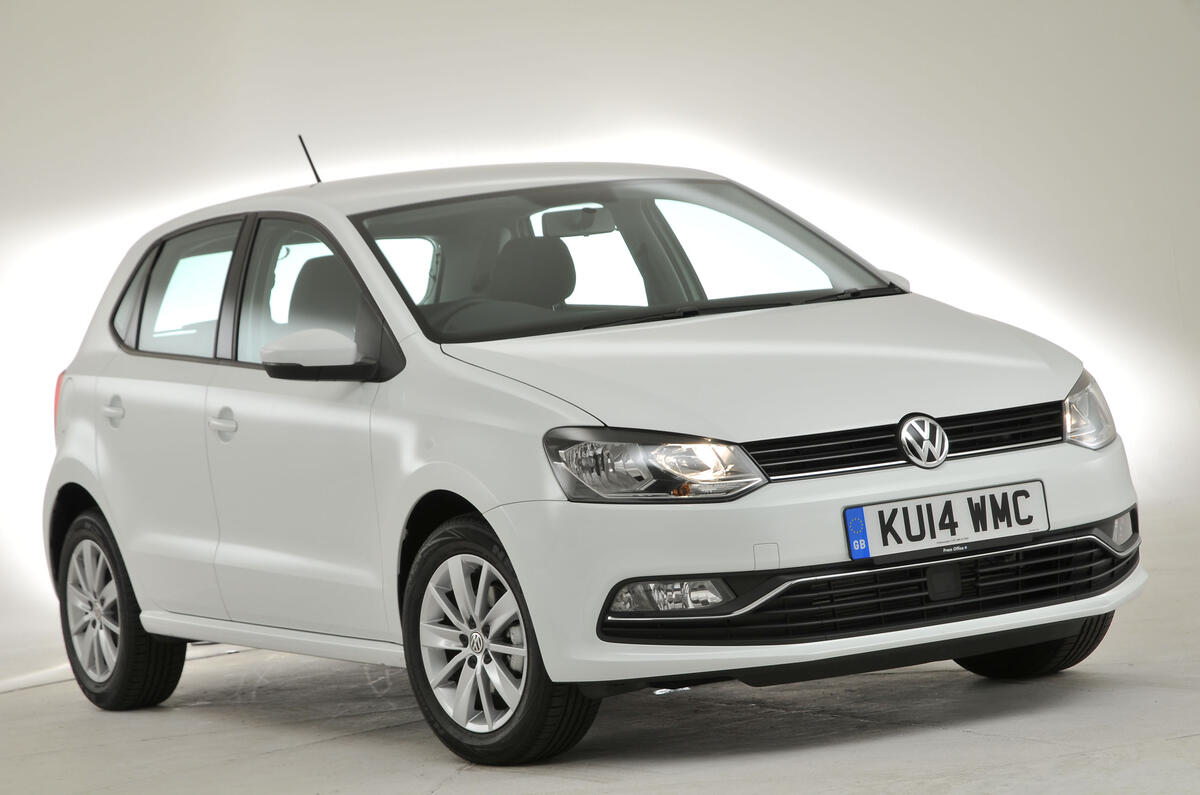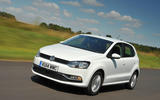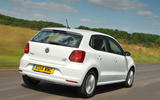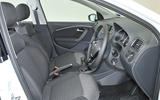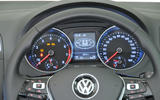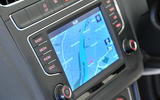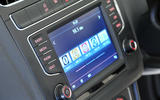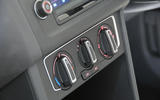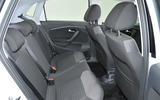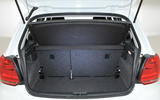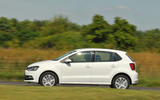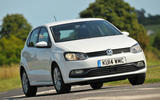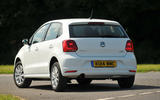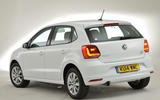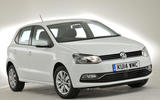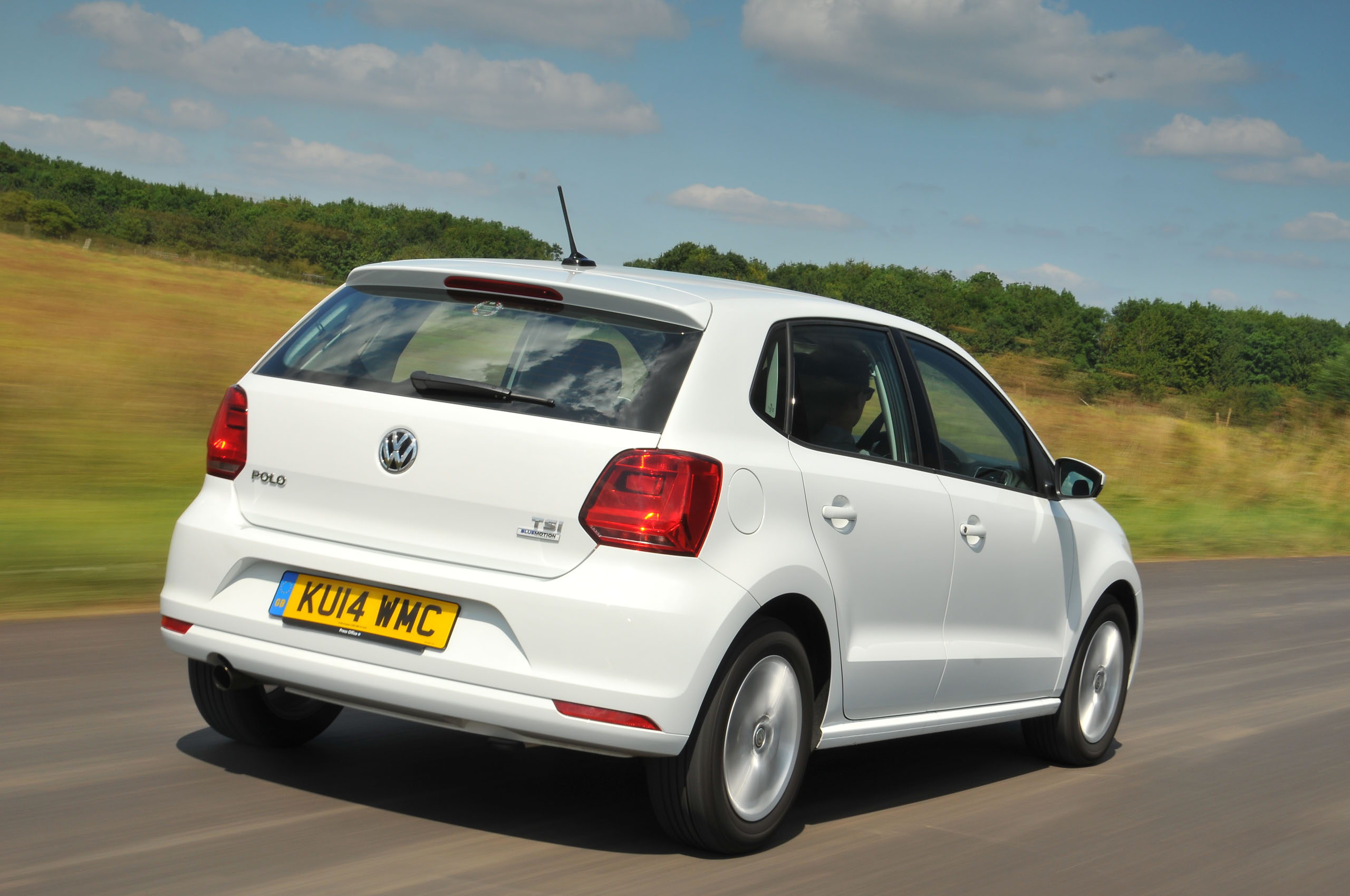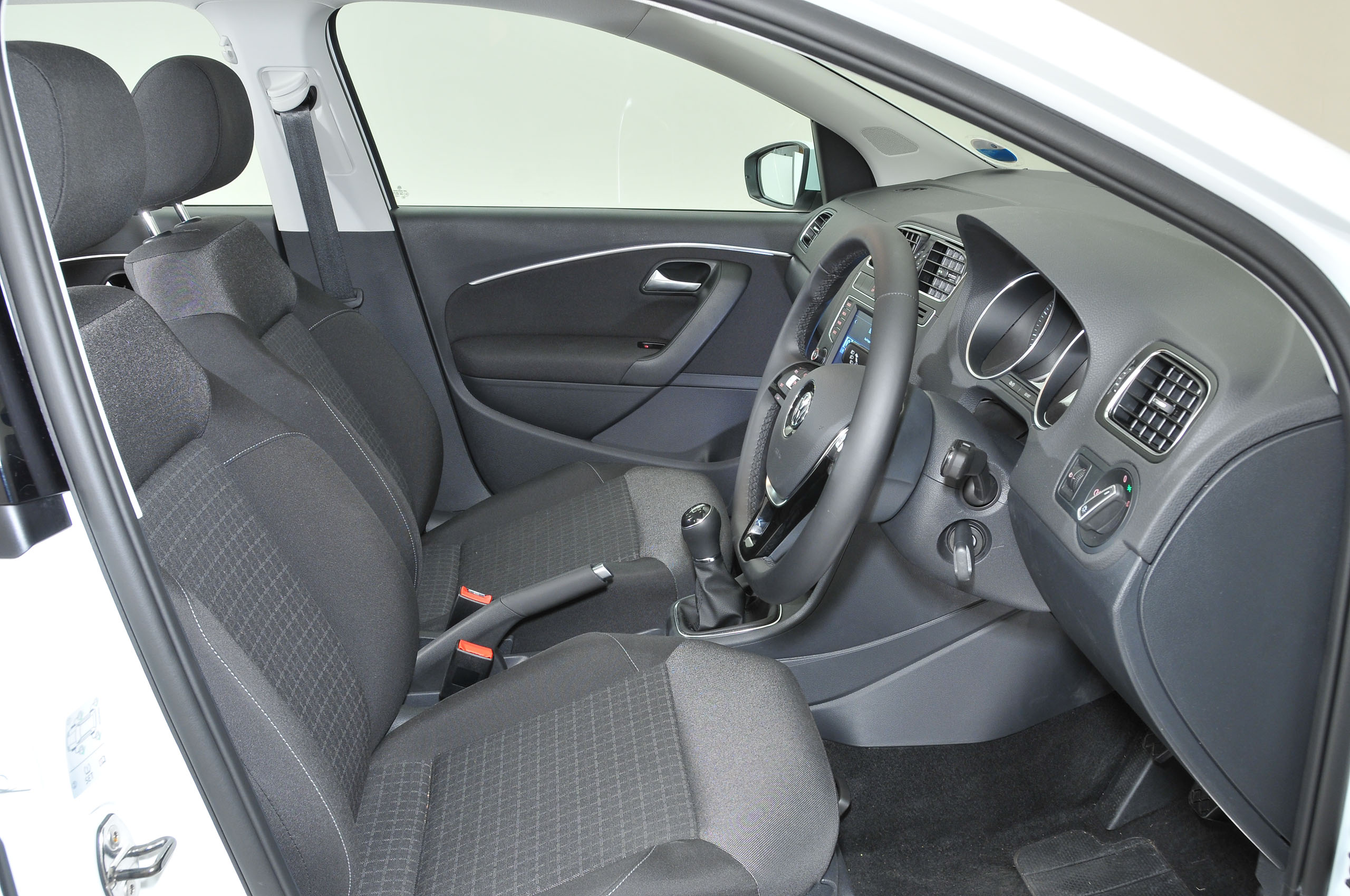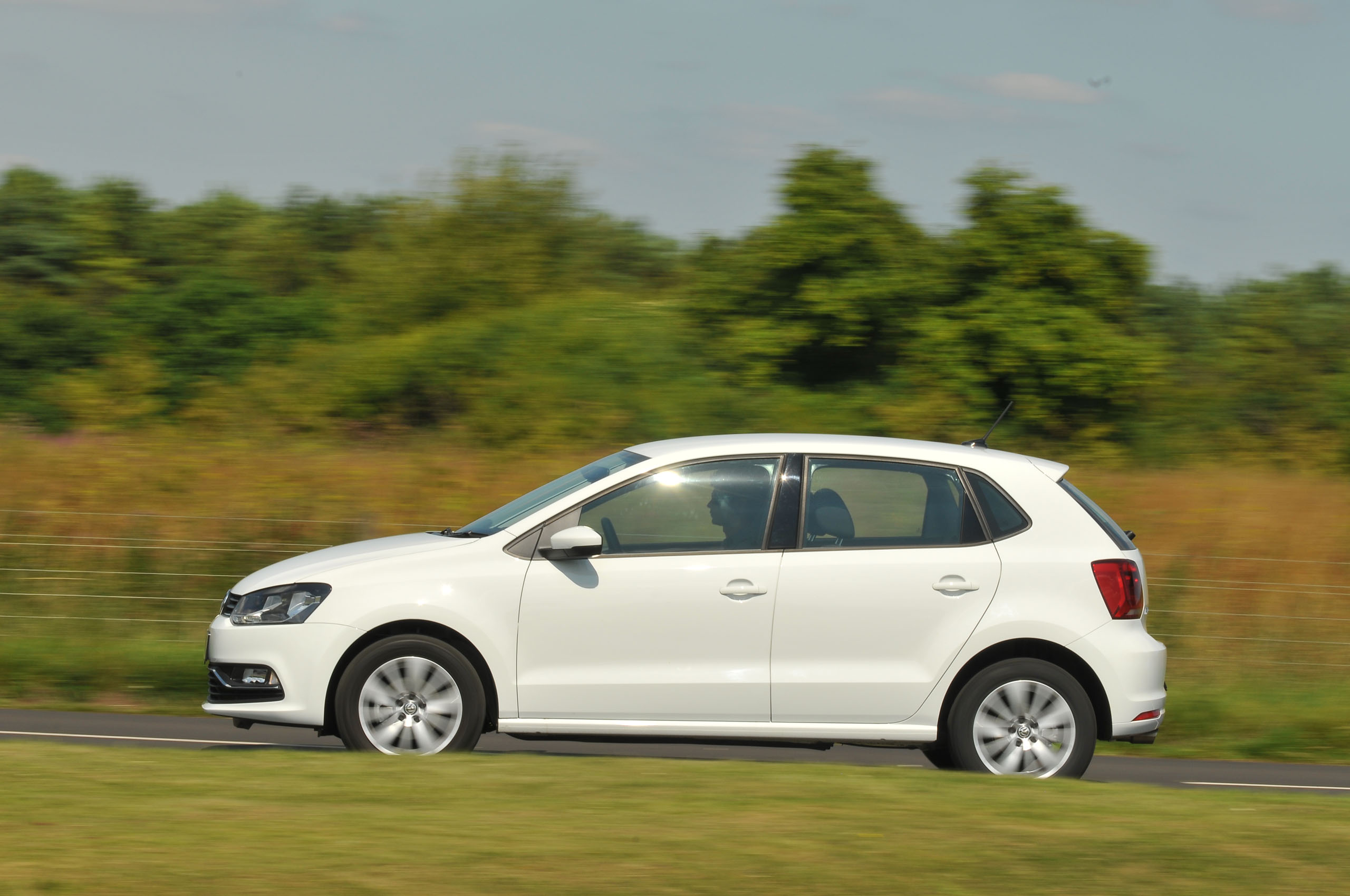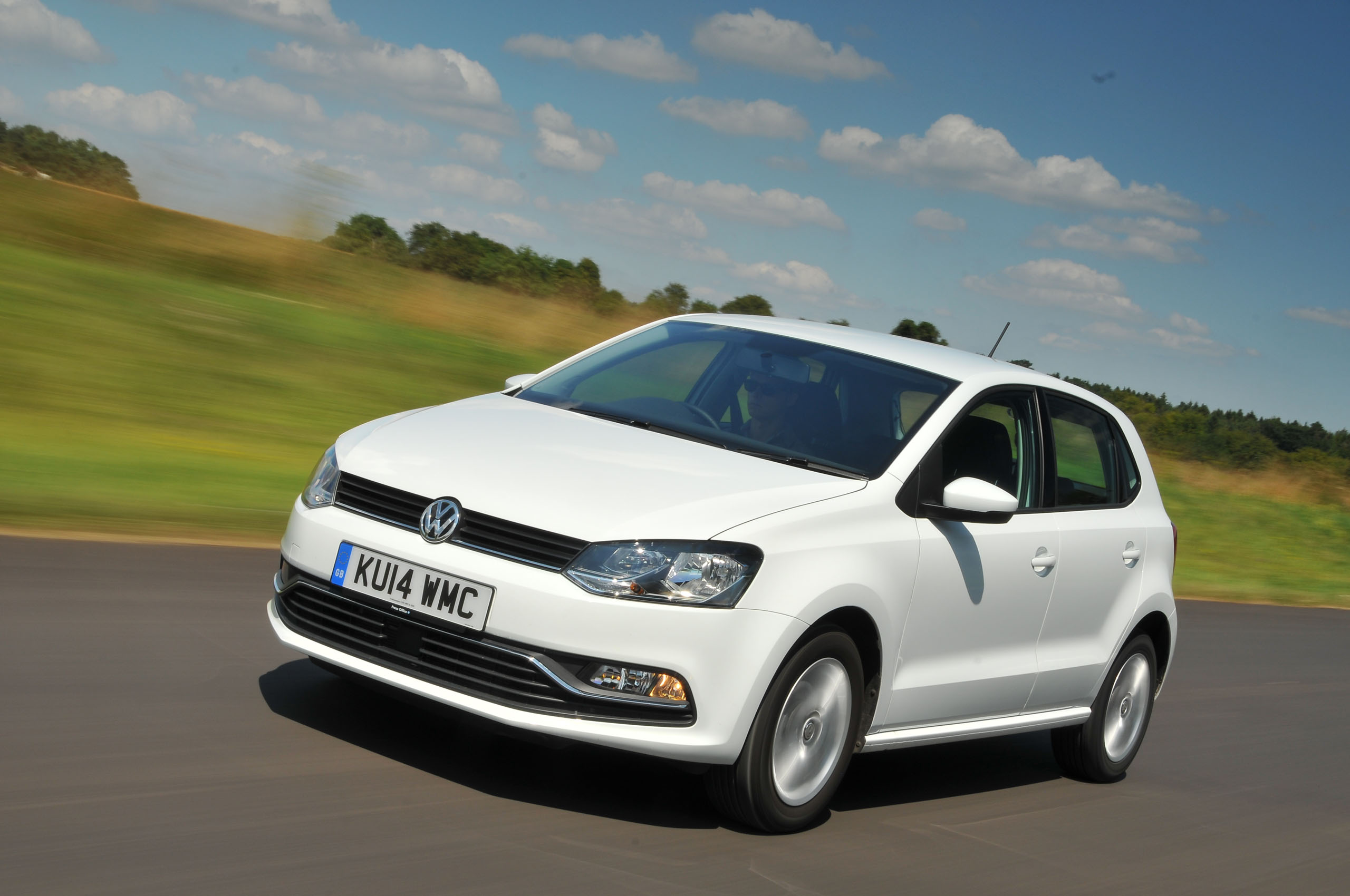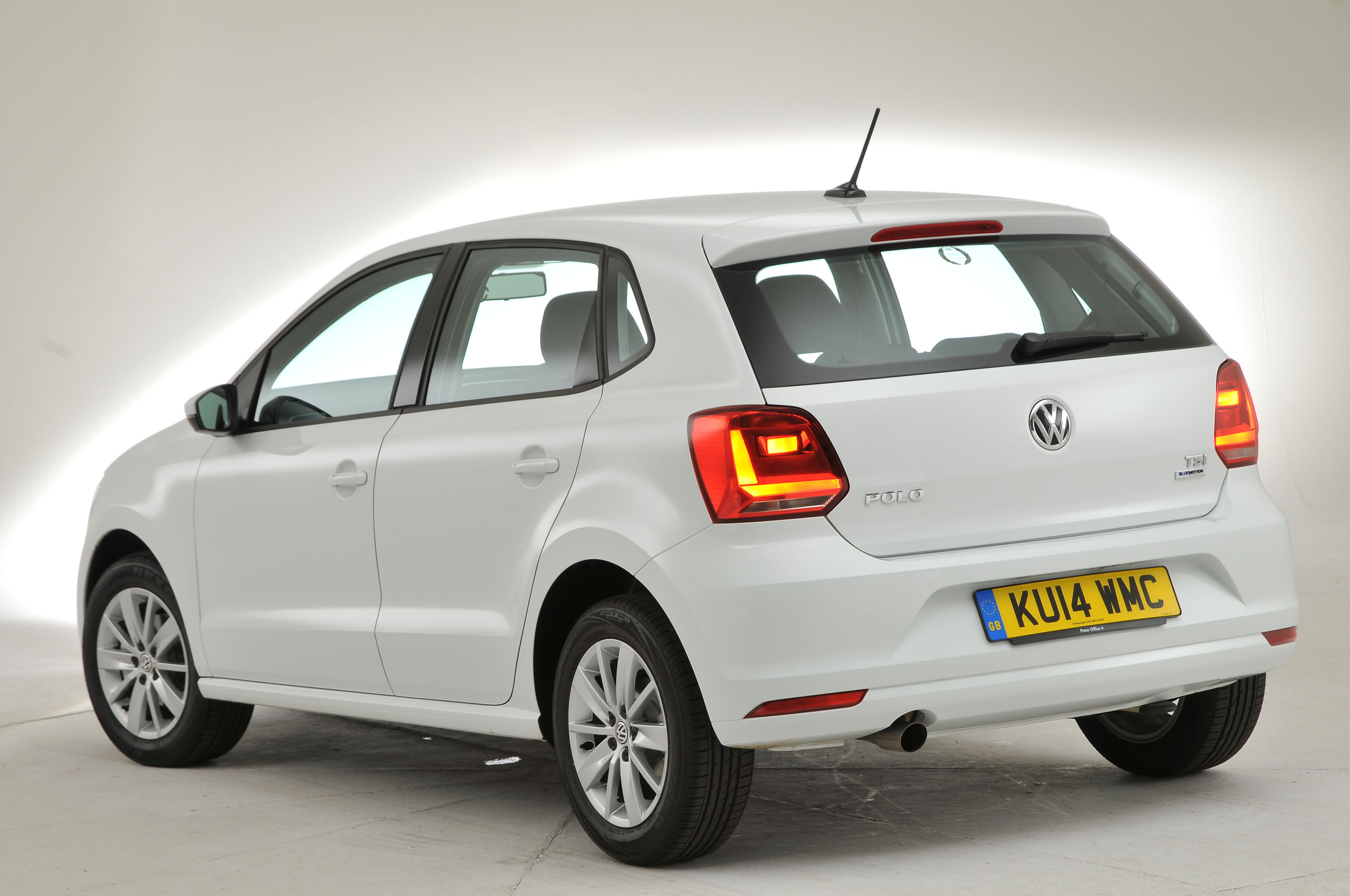The Polo of 2009-2017 was a landmark model for Volkswagen because this was the one where it finally cracked the supermini code.
Today, this fifth-generation Polo can be had for as little as £1500 – a bargain, especially when you consider this was the car that eclipsed the hitherto pre-eminent Ford Fiesta in so many of the ways that really matter in everyday use.
Four generations of Polo had arrived between 1975 and 2009, and all had fallen short on performance, refinement, style and fun.
So Volkswagen and its then design boss, Walter de Silva, sought to change this by injecting the Mk5 Polo with added ‘Golf-ness’.
As a result, the Polo looked just like a shrunken Golf, with a hint of Scirocco to give it a sharper front end – and, crucially, the little VW also carried over all of the Golf’s positive attributes, which helped make it a class leader at the time.
A switch to the PQ25 platform – which also underpinned the Skoda Fabia and Seat Ibiza – meant the Mk5 Polo arrived with a new chassis, suspension and suite of engines.
But while it was well mannered and easy to drive, it didn’t drum up the level of dynamic fun offered by the Fiesta or Mazda 2. It was too grown-up for that…
In fact, when we first drove the Mk5, it felt more like a junior Golf than a sprightly supermini, complete with a pliant ride and fine composure for such a small car.
Its broad engine line-up contained a mix of petrol (TSI) and diesel (TDI) three- and four-cylinder engines.



